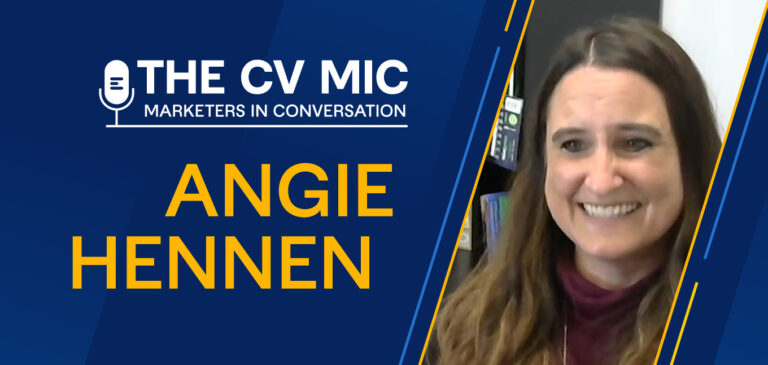What is a microsite? A microsite is a branded web page or small set of pages that is a standalone (i.e., separate from a main company URL) and is meant to serve a specific campaign, brand, or product. Microsites are often created for large campaigns that have a specific goal, different from general company awareness.
When might a business want to create a microsite?
A business generally considers creating a microsite when they’re launching a new product, service, or brand that they consider big enough and special enough to merit a space of their own on the web.
This often goes together with some sort of activation or event, whether it may be one of the following:
- Contest
- Social influencer campaign
- Tour
- Premiere
- Infomercial
- Book launch
- Important study
But in some cases, for example, if a business has a popular product that is successful enough to draw users who are only interested in that product, they may keep a microsite up and running just to accommodate those users.
Difference Between a Microsite and a Landing Page
A landing page lives on the main website domain. Think of it almost like an overlay that delivers the most important brand story of the moment. The difference between a landing page and microsite is the “next step” after the site visitor clicks. With a landing page, they go deeper into the main company site. With a microsite, they continue to navigate around the microsite.
How complicated does a microsite need to be?
While the homepage of a microsite is usually quite thoughtfully designed and engineered to engage, the site doesn’t need to be complex — in fact, it can just be one page. More likely, though, it’s a few pages, with the subpages being much simpler than the homepage.
Should your microsite have the main company branding?
Yes, it’s a good idea to have a mix between the main company branding and the campaign or product branding. If your microsite features only the new product or campaign branding, people may not associate it with the larger company, and then the microsite loses the larger company’s credibility while the large company may lose the PR boost and the refreshed company profile that the new product or launch was supposed to bring.
As a rule of thumb, a new launch with all the creative materials that accompany it is fun and exciting, but this has to fit within the existing company context — branding included.
Example of Software Microsite
Adobe doesn’t suffer from a lack of customers, but to create buzz around Adobe Creative, the company launched Creative Types: a personality quiz that appeals to anyone with a creative bent but really showcases the potential of Adobe design tools better than any particular personality traits.
Example of a General Interest Microsite
When your brand is world-famous (NASA) with an enormous following, and your products are at the apex of engineering and science to a level that almost no one would understand, how exactly do you serve your audience? Offline, such institutions usually open museums. Online, a great experiment was the NASA Spacecraft Site, which was a sortable, visual, interactive index of every NASA spacecraft.
The images were 3D models, which allowed self-styled space nerds to study them from multiple viewpoints (top, left, bottom). While the site is no longer up, it is still a great example of how a microsite can be tailored to a niche audience’s needs.
When your campaign/launch ends, what do you do with your microsite?
There’s no set rule. They often come down or are allowed to expire after a set time. If a campaign was a success and/or you want to continue featuring the product as a company highlight, one popular practice is to migrate it to a subpage of the main company site, making it easy to navigate to via a featured option on a homepage dropdown menu. But when microsites are good enough to be a destination on their own, as our examples show, sometimes they enjoy an extended life on the web as standalone sites.
Whether you need persuasive copy for a microsite, landing page, or website, ClearVoice’s talented team of writers is here to help. Get SEO-friendly copy that converts by talking to a content specialist today.




